| CAS No.: | 1318-02-1 |
|---|---|
| Formula: | 2/3K2o.1/3na2o.Al2O3.2sio2.9/2H2O |
| EINECS: | 215-283-8;930-915-9 |
| Certification: | REACH, Ift, |
| Environmental Protection: | Yes |
| Function: | Moisture Drying |
| Samples: |
|---|
| Customization: |
|---|
Suppliers with verified business licenses
 Audited Supplier
Audited Supplier | Item | unit | Bead | ||
| Diameter | mm | 0.5-0.9 | 1.0-1.5 | 1.5-2.0 |
| Delta T | ºC | ≥35 | ≥35 | ≥35 |
| Static H2O adsorption (10%RH,@25C) |
% wt | ≥16 | ≥16 | ≥16 |
| Bulk Density | g/ml | ≥0.75 | ≥0.75 | ≥0.75 |
| Particle ratio | % | ≥98 | ≥98 | ≥98 |
| Gas Desorption | Ml/g | ≤0.28 | ≤0.28 | ≤0.28 |
| Loss on Ignition(540C) | % wt | ≤1.5 | ≤1.5 | ≤1.5 |











Suppliers with verified business licenses
 Audited Supplier
Audited Supplier